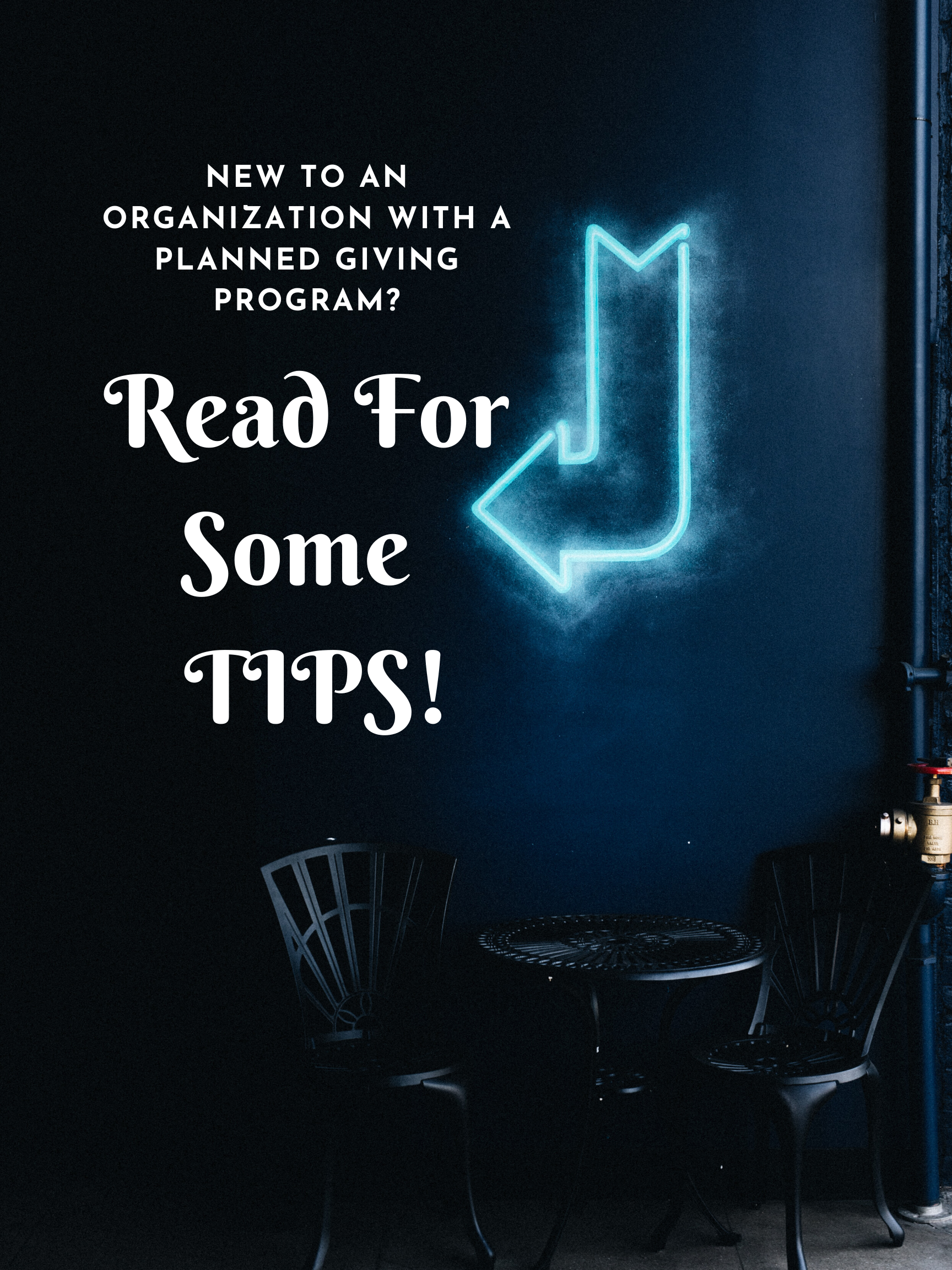Legacy Giving on a Low Budget
Yes, you absolutely can build a legacy giving program without spending a lot of money. There are many simple things that you are able to do in order to create a successful program with a low budget.
Existing Materials
Simply use what you've got. Look through your marketing and communications materials that you have done in the past few years. Where can you add a legacy giving component that you don’t have to print something new, or you are going to print it anyway -- website? Annual report?
Reordering
It is possible that your budget will not allow you to spend money on new marketing materials. In this case, determine the materials that you have to reorder. Once you have figured out what things you are going to reorder, include messaging regarding legacy giving in these items. Whether you redesign them or simply leave a checkbox for more information about legacy giving, you are able to add something legacy giving related without having to pay any extra costs.
E-Signature
Another low-cost trick is to put something about legacy giving in your e-signature. Every time you're sending an email, there is some sort of tagline or your core message on the bottom.
Training Your Staff
Once you have the information about your core message and donor value messaging, train your staff on it. When you have your colleagues on the same page, they are able to have important conversations with donors, board members, or anyone in the community. This changes your culture from transactional giving to philanthropy.
Call Your Donors
The thing that is going to cost you nothing and get you the most value is to pick up the phone and call your donor. This will allow you to deepen your relationships with donors and gain insight into why they give. Most importantly, as you're speaking with your donors track who you're talking with and the next steps.
Remember that it is crucial to get your message out. Donors need to see legacy messaging many times in order for them to start to think about doing a legacy gift. It is hard to know where they are in the cycle, so you need to be front of mind with everything legacy giving.










